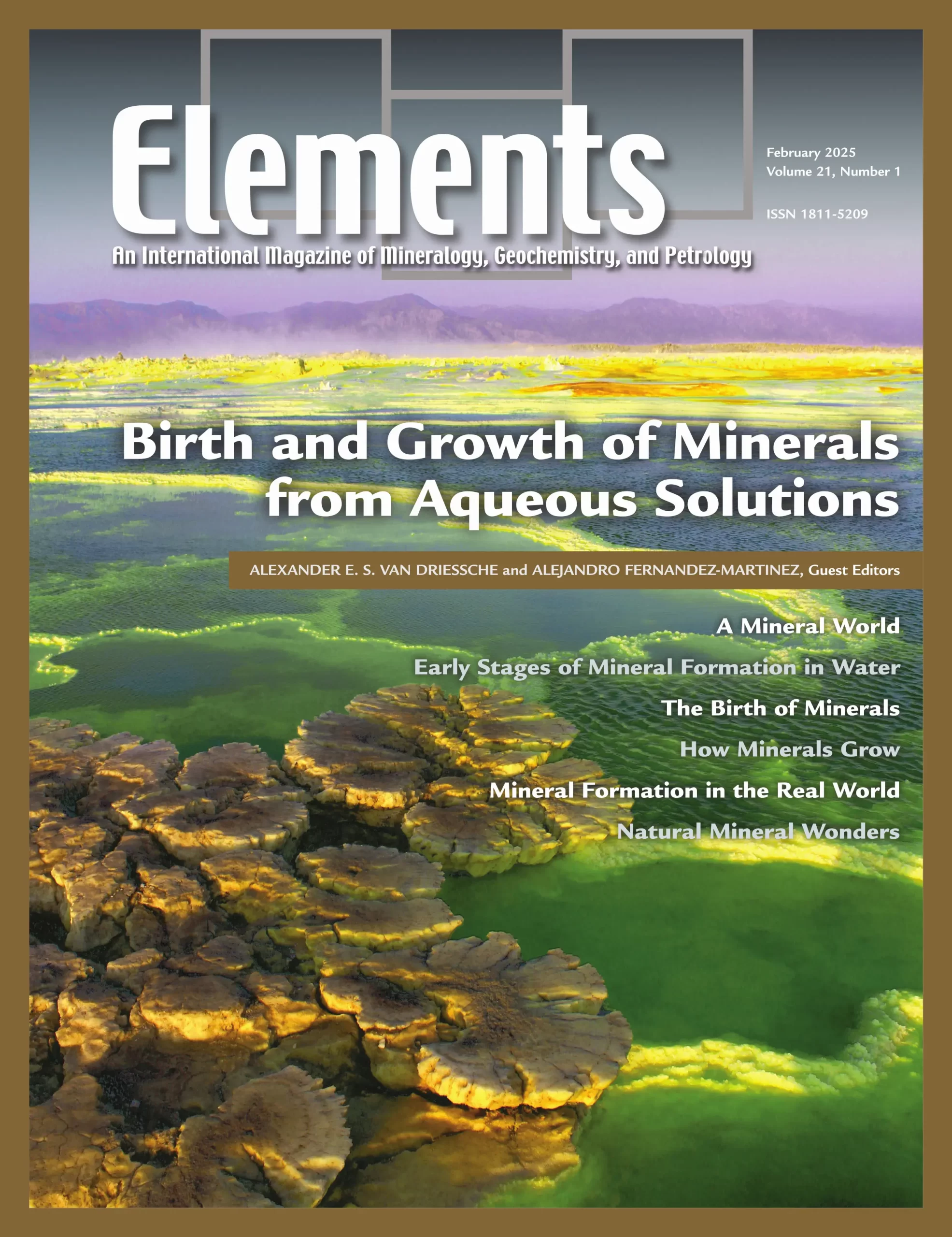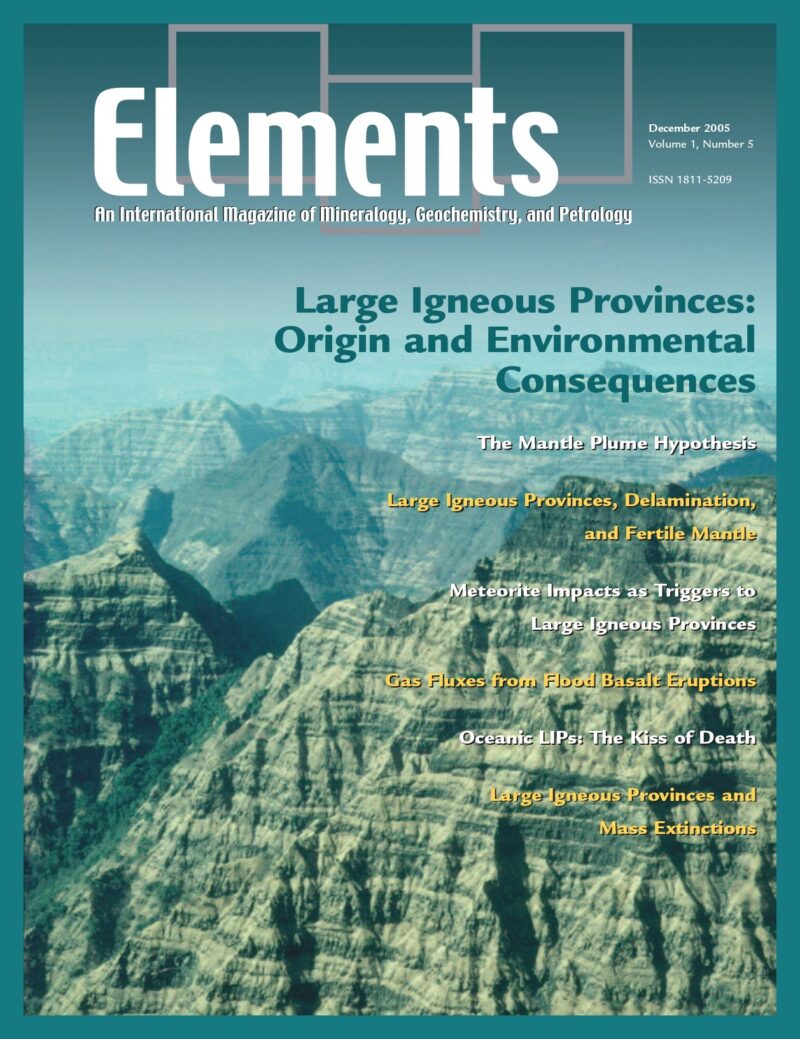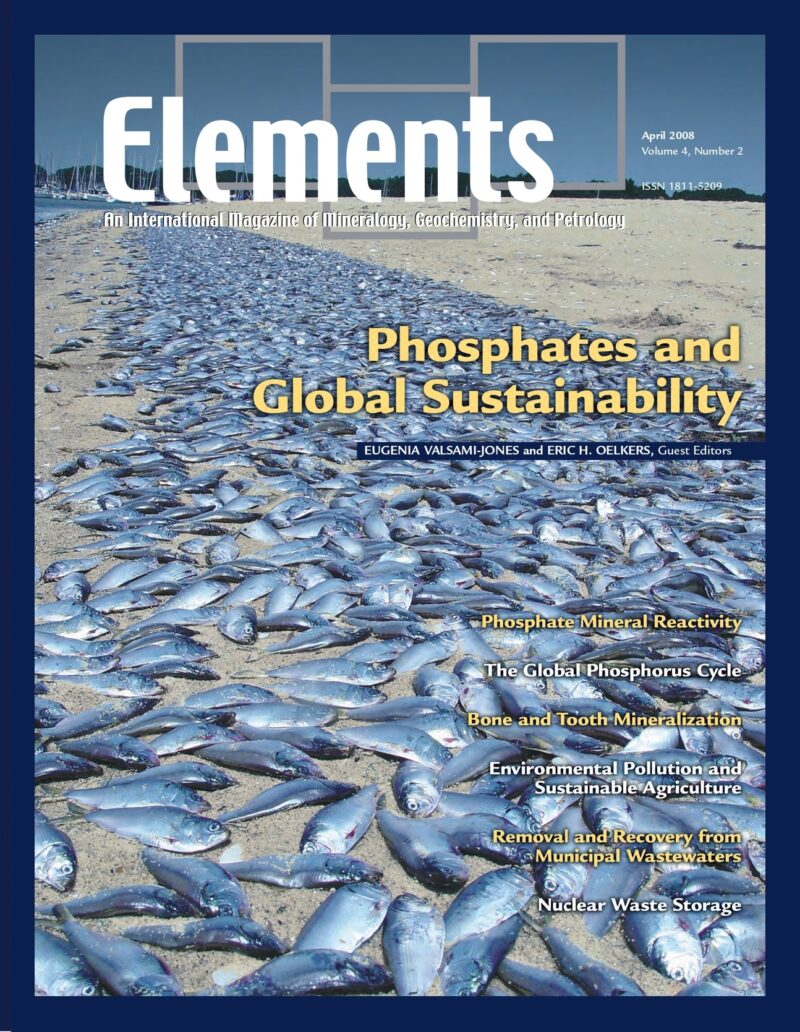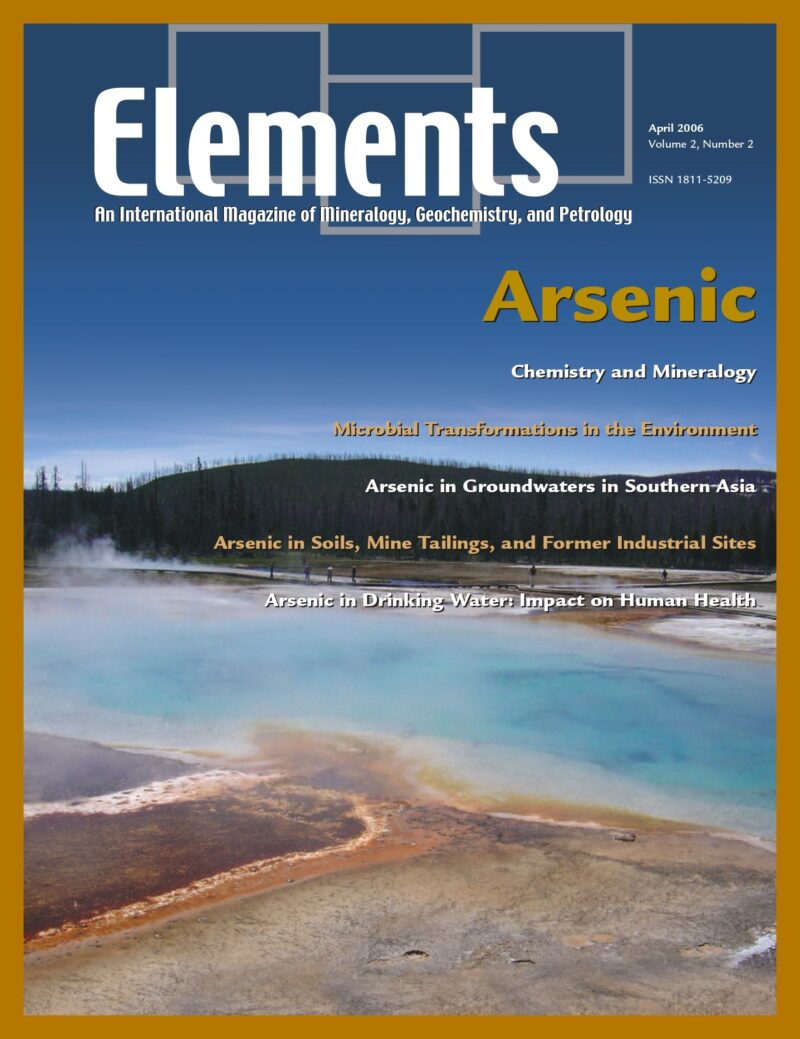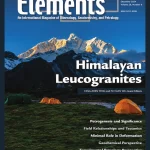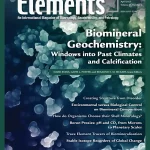Birth and Growth of Minerals from Aqueous Solutions, February 2025, Vol. 21, No. 1
$20.00
The birth and growth of minerals from aqueous solutions is a ubiquitous process in both natural and engineered environments. This research field has recently experienced a paradigm shift due to the discovery of non-classical nucleation and growth processes.
Birth and Growth of Minerals from Aqueous Solutions
February 2025, Vol. 21, No. 1
The birth and growth of minerals from aqueous solutions is a ubiquitous process in both natural and engineered environments. This research field has recently experienced a paradigm shift due to the discovery of non-classical nucleation and growth processes. These insights have helped us to understand better the natural world and significantly impact various industrial and environmental applications, such as the development of more sustainable building materials, mineral processing, CO₂ storage, and water treatment. Consequently, detailed knowledge of the mechanisms and kinetics underlying mineral nucleation and growth is vital in these areas.
Why You’ll Love Elements Magazine:
- Expert Contributors: Articles written by renowned researchers in the field of geoscience.
- Engaging Content: Join a community of readers who are passionate about Elements.
- Exceptional Quality: Each issue is printed on high-quality paper with stunning visuals and detailed illustrations that bring complex scientific concepts to life.
Order your copy of the February 2025 issue of Elements magazine today and explore Birth and Growth of Minerals from Aqueous Solutions.
Related products
-
Large Igneous Provinces: Origin And Environmental Consequences, December 2005, Vol. 1, No. 5
$20.00Large igneous provinces record major outpourings of igneous rocks, both on the continents and in ocean basins. Their origin is still vigorously disputed, with models invoking mantle plumes, thermal effects of the lithosphere, and meteorite impacts.
-
Phosphates And Global Sustainability, April 2008, Vol. 4, No. 2
$20.00Phosphorus is a unique element: it is essential to the existence of all living forms, and as such controls biological productivity in many terrestrial and marine environments; but when in excess, it leads to uncontrollable biological growth and water-quality problems. This has become a common environmental issue, resulting from our careless use of phosphorus in agriculture, yet phosphate ore deposits, from which fertilizers are produced, are a finite natural resource.
-
Arsenic, April 2006, Vol. 2, No. 2
$20.00Arsenic is an element known throughout history as a classic poison. Currently, very small but highly significant concentrations of this element in drinking water supplies are causing massive health problems to many millions of people in some of the world’s poorest nations, and more localised sources related to mining and processing are also a concern.

